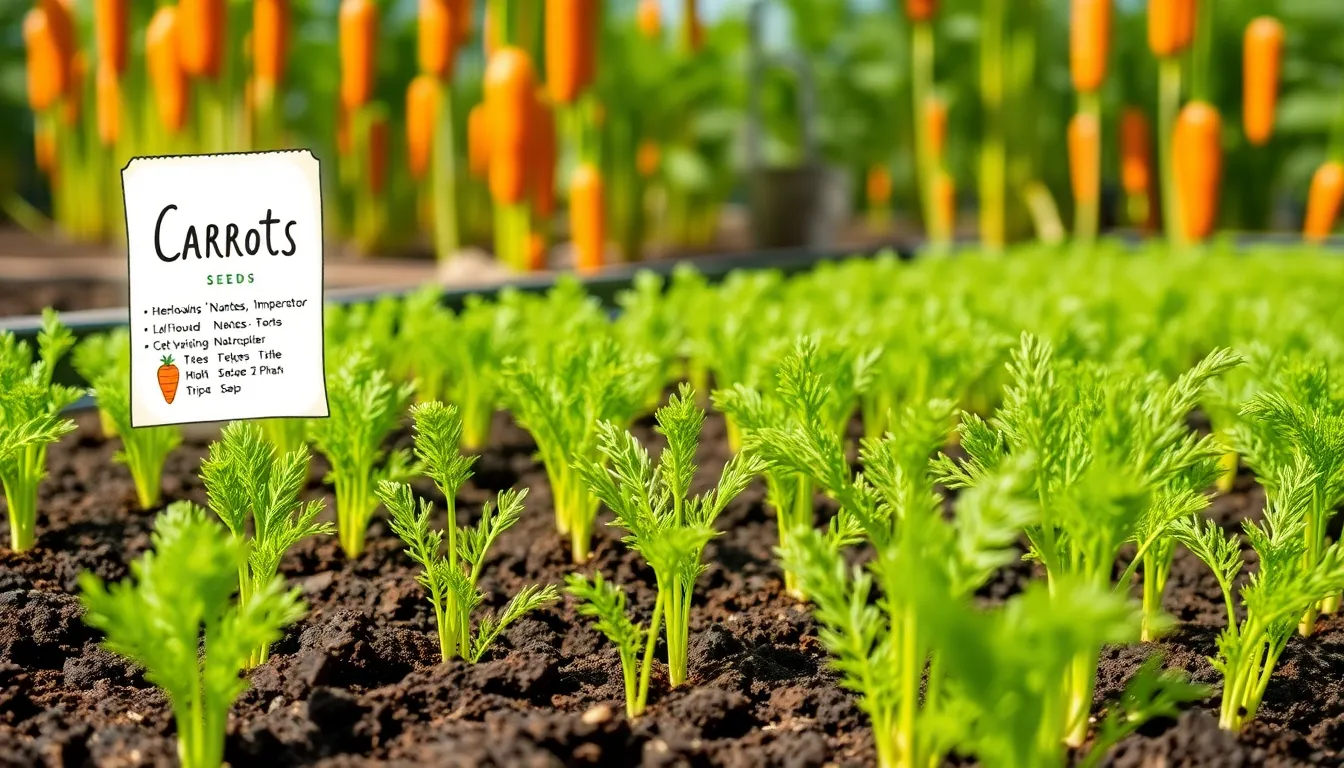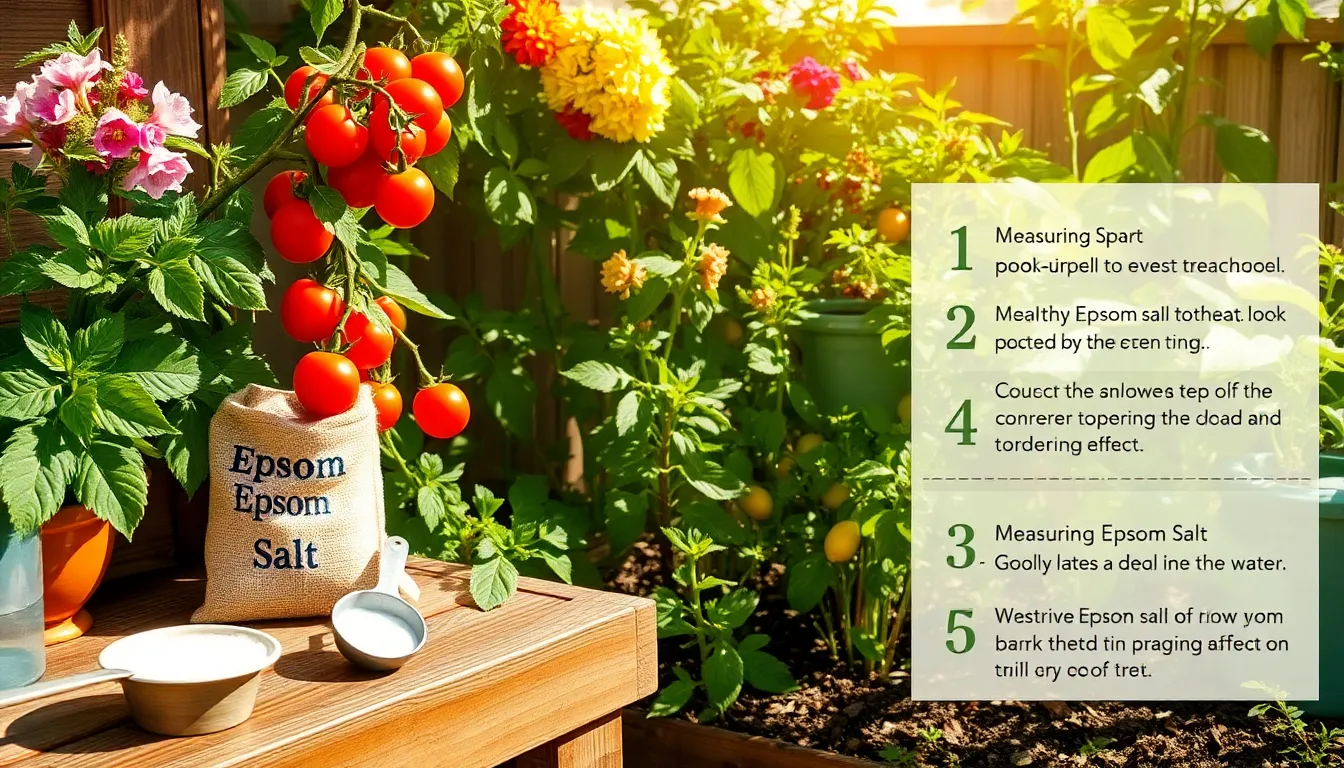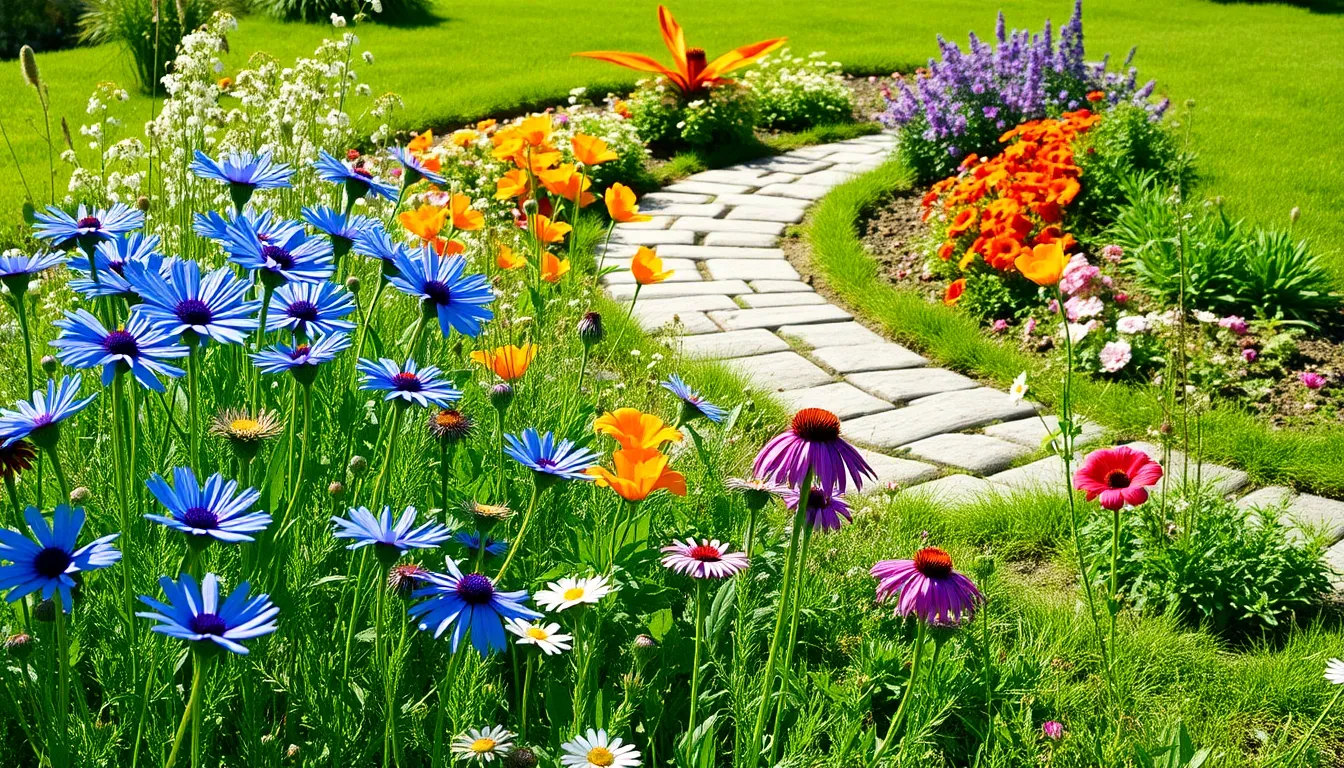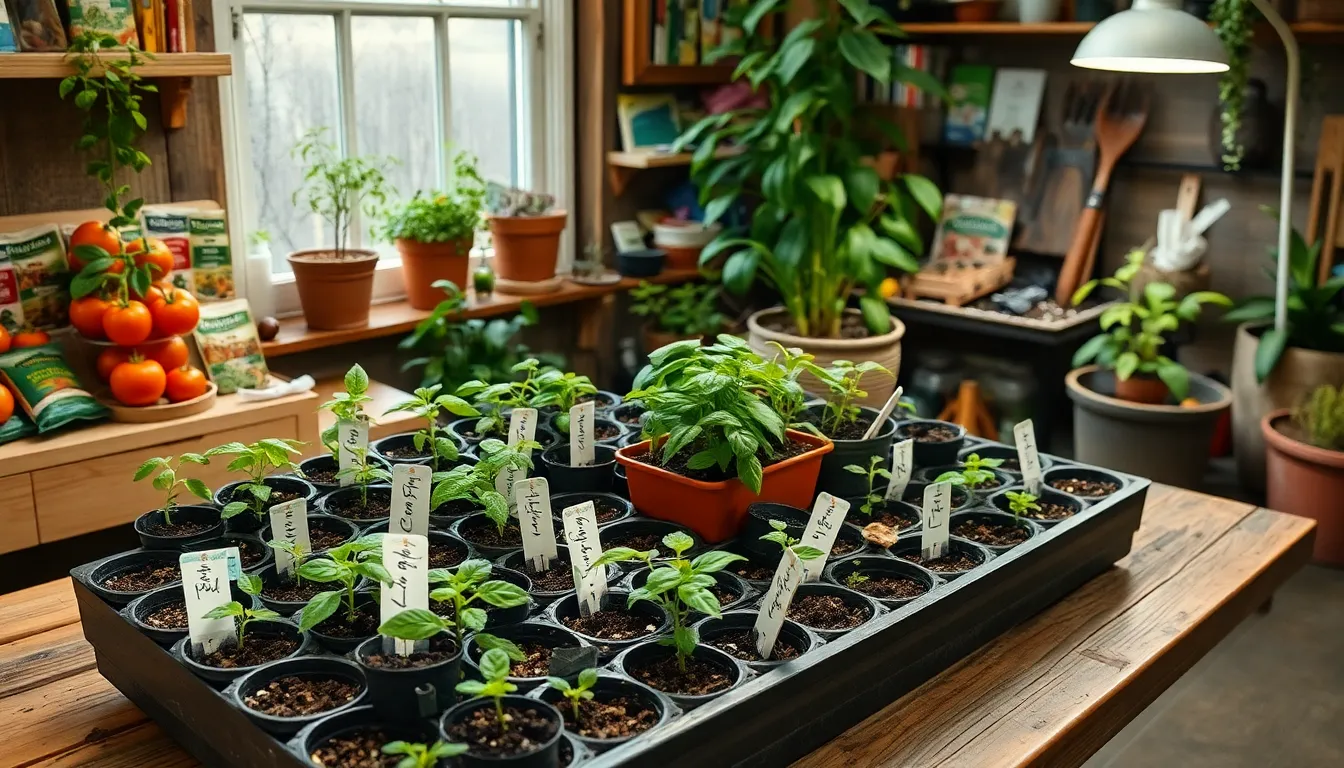Carrots are not just a staple in the world’s kitchens; they’re a rewarding and satisfying crop to grow in your own backyard. Whether you’re a novice gardener dipping your toes into the soil for the first time or a seasoned green thumb looking to expand your vegetable repertoire, growing carrots from seed offers a gratifying blend of challenge and reward. Cultivating these vibrant roots connects us to a tradition of nurturing the earth and reaping its delicious rewards, reminding us of the simple joys that gardening can bring.
Understanding the nuances of carrot cultivation is essential for a bountiful harvest, and that’s what we’ll unravel together in this guide. You’ll discover how to choose the perfect variety, prepare your planting site, and care for your seedlings as they grow into the crunchy, sweet treats we all love. This journey will equip you with the knowledge to not only plant but also to nurture your carrots with confidence and joy. As we delve into the steps of growing carrots from seed, you’ll gain insights that empower you to transform a mere patch of soil into a thriving source of pride and nourishment.
Select a Sunny Location
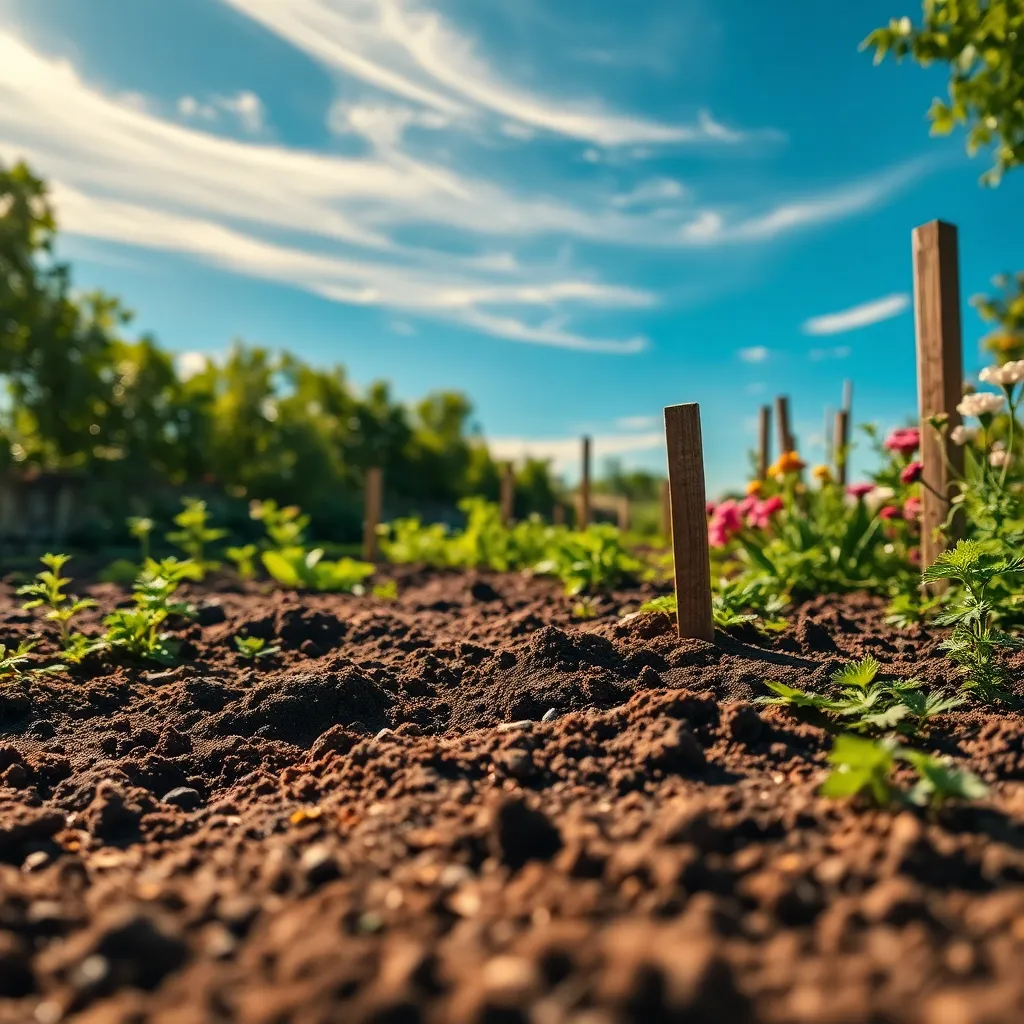
To successfully grow carrots, it’s essential to select a sunny location in your garden. Carrots thrive in areas that receive full sun for at least six to eight hours a day, which helps them develop their sweet flavor and vibrant color.
Choose a spot with well-drained soil that has a loose, sandy texture, allowing carrot roots to grow straight and long. Avoid compacted or rocky soils, as these can cause carrots to become misshapen or stunted.
Before planting, consider testing your soil’s pH, aiming for a slightly acidic to neutral range of 6.0 to 7.0. Adjust the soil as necessary by incorporating organic matter such as compost, which will improve both fertility and drainage.
It’s beneficial to observe how the sun moves across your garden throughout the day to ensure consistent sunlight exposure. If you’re planting in a cooler climate, selecting a location with a bit of wind protection can help maintain warmth and encourage growth.
Prepare Loose, Well-Drained Soil
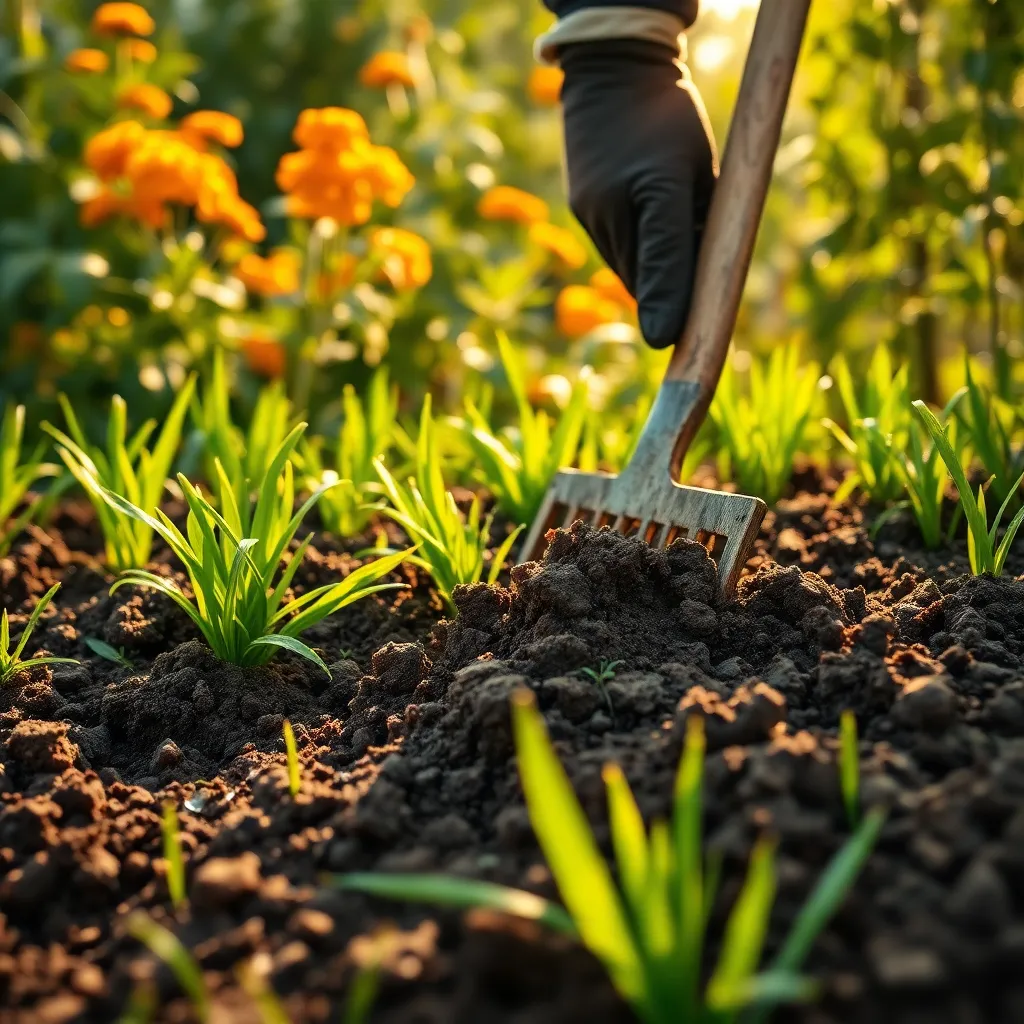
Once you’ve selected a sunny location, it’s essential to ensure the soil is loose and well-drained for optimal carrot growth. Carrots thrive in sandy loam soil that is free from rocks and debris, as this allows their roots to grow straight and long without obstruction.
Begin by tilling the soil to a depth of at least 12 inches, breaking up any clumps and removing stones. This process not only improves drainage but also makes it easier for the carrot roots to penetrate the soil deeply.
Incorporate organic matter, such as compost or well-rotted manure, to enhance soil fertility and structure. These amendments add vital nutrients and improve moisture retention, creating a balanced environment for your carrots to flourish.
For those with clay-heavy soil, consider adding coarse sand or perlite to enhance drainage. This amendment helps prevent waterlogging, which can cause carrot roots to rot and significantly reduce your yield.
Sow Seeds at Correct Depth
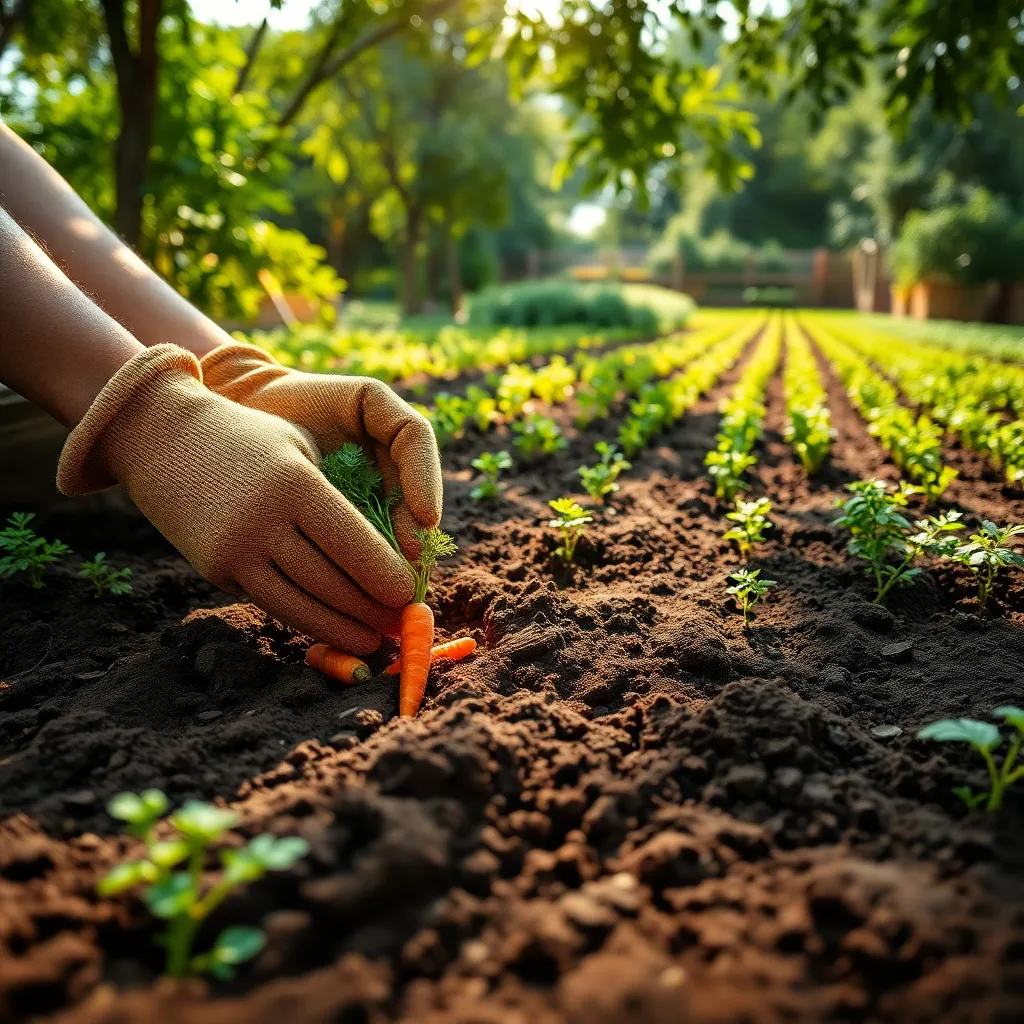
After preparing your loose, well-drained soil, it’s crucial to sow carrot seeds at the correct depth to ensure optimal growth. Carrot seeds should be planted about 1/4 inch deep, as planting them too deeply can hinder their ability to sprout.
Avoid overcrowding by spacing the seeds adequately. Aim for 2 to 3 inches apart to allow each carrot enough space to develop properly, which helps prevent competition for nutrients and sunlight.
Using a light covering of soil to gently cover the seeds is essential. A thin layer of fine soil or sand is ideal, as this will make it easier for the delicate seedlings to push through once they begin to germinate.
For those with a bit more experience, consider using a seed tape for even spacing. This method ensures precise seed placement and can be particularly helpful in achieving uniform rows, leading to a more organized garden.
Water Consistently for Germination
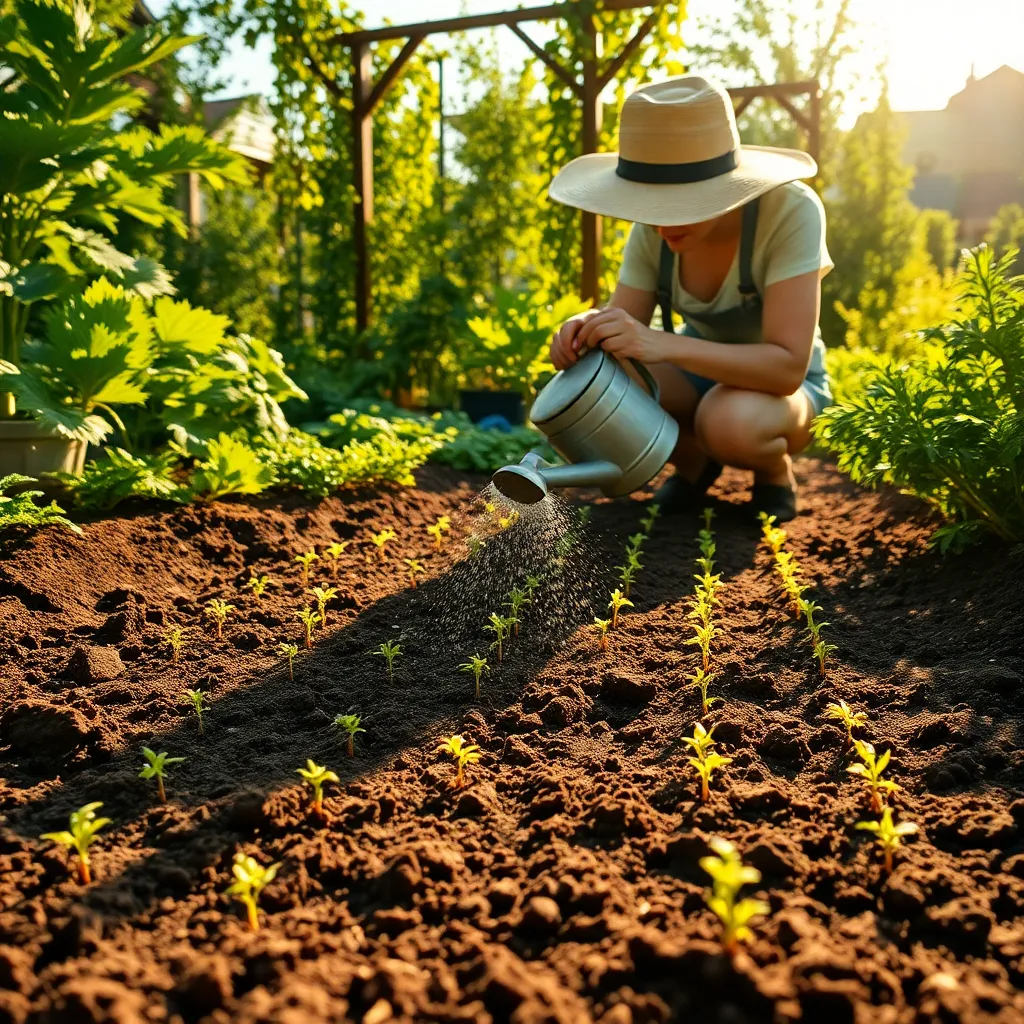
Consistent watering is crucial for successful carrot seed germination. Carrot seeds are tiny and need the soil to remain moist, but not waterlogged, to sprout effectively.
Begin by watering the area gently but thoroughly after sowing the seeds. Use a fine spray nozzle or watering can to prevent the seeds from being washed away.
It’s essential to keep the soil consistently damp during the germination phase, which typically lasts 10 to 14 days. Checking the soil daily and applying water when the surface starts to dry will help maintain the necessary moisture levels.
Experienced gardeners recommend mulching the seeded area lightly with straw or grass clippings to retain moisture. This technique also helps regulate soil temperature, creating an optimal environment for germination.
Thin Seedlings for Optimal Growth
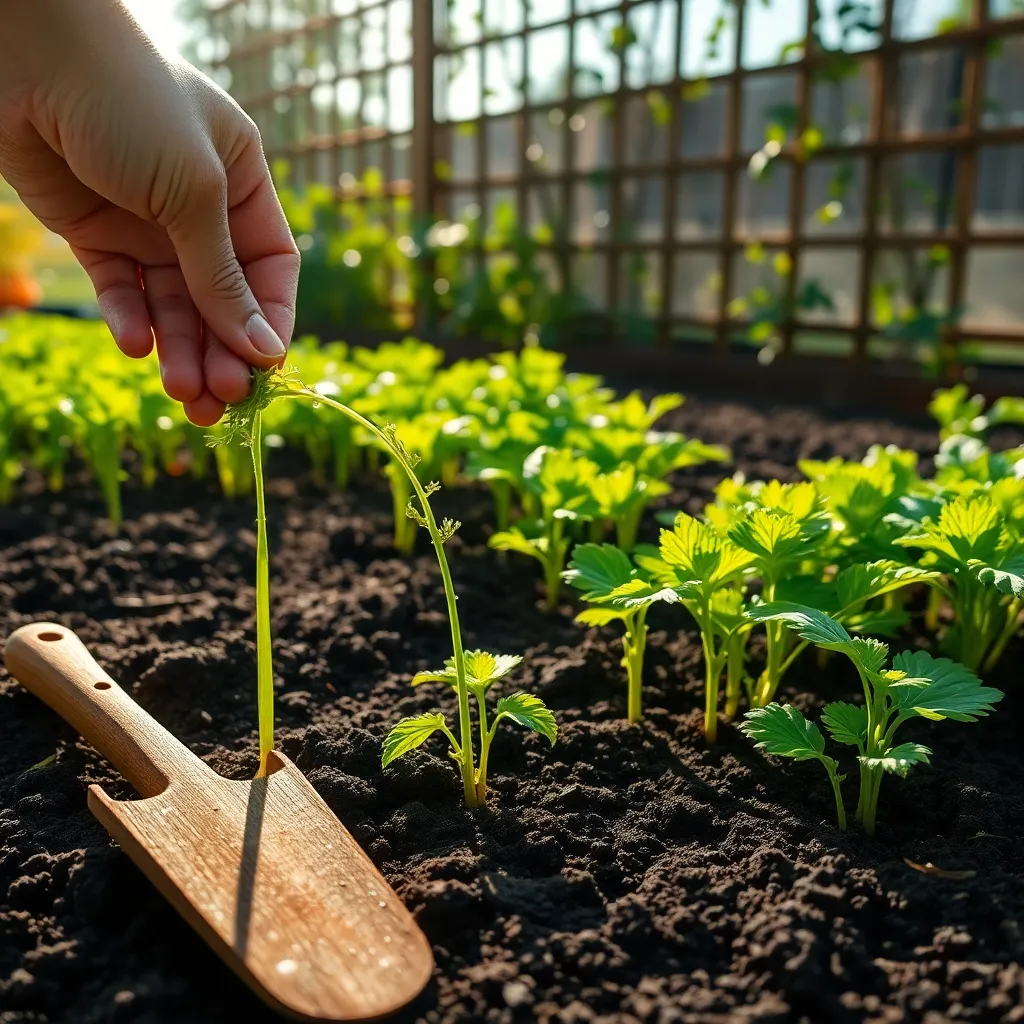
After your carrot seedlings have germinated, it’s essential to thin them out to ensure optimal growth. Crowded seedlings compete for light, nutrients, and water, which can lead to stunted growth and deformed carrots.
Begin thinning when the carrot seedlings reach about two inches in height. Use small scissors to snip the seedlings at the soil line, leaving about two to three inches of space between each plant.
Thinning not only promotes healthier plants but also reduces the risk of disease by improving air circulation. It’s tempting to let all the seedlings grow, but removing the weaker ones ensures that the remaining plants have enough resources to thrive.
For beginner gardeners, thinning may seem harsh, but it’s a necessary step for a bountiful harvest. More experienced gardeners might plant seeds more sparsely initially, but even then, some thinning is usually required for best results.
To further support your carrot plants, maintain consistent moisture and consider mulching to retain soil moisture and suppress weeds. Using a light mulch, like straw or shredded leaves, can provide the perfect growing conditions without crowding the soil.
Conclusion: Growing Success with These Plants
As we’ve navigated through the nurturing process of growing carrots from seed, we’ve discovered valuable relationship insights: patience and timing are crucial, just as in relationships where giving space and time fosters growth. Consistent care and attention, akin to watering your plants, can prevent misunderstandings and build trust. Understanding the environment is essential, much like knowing what your partner needs to thrive. Communication, represented by thinning seedlings, ensures everyone has room to grow. Lastly, celebrating small milestones, like sprouting seeds, strengthens bonds and encourages further commitment.
To put these insights into practice, choose one relationship in your life today and apply one key concept, such as offering a small gesture of care or initiating a meaningful conversation. Remember, nurturing relationships takes time, just like growing a thriving garden.
Don’t let these insights slip away. Bookmark this article now to revisit these principles whenever you need a relationship boost or a reminder to cultivate patience and understanding.
By investing in these practices, you’re setting the stage for a flourishing relationship garden, where both you and your loved ones can grow and thrive together. Empower yourself to take these steps today and watch your relationships blossom tomorrow.

